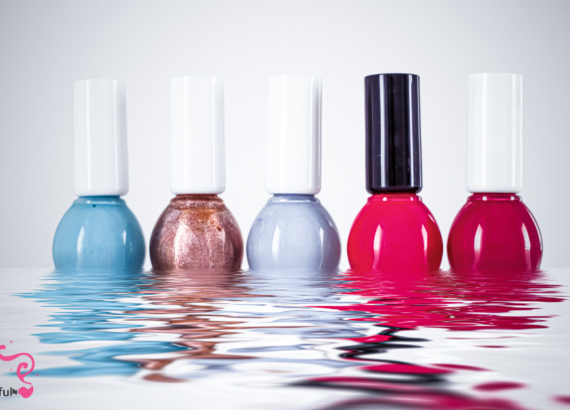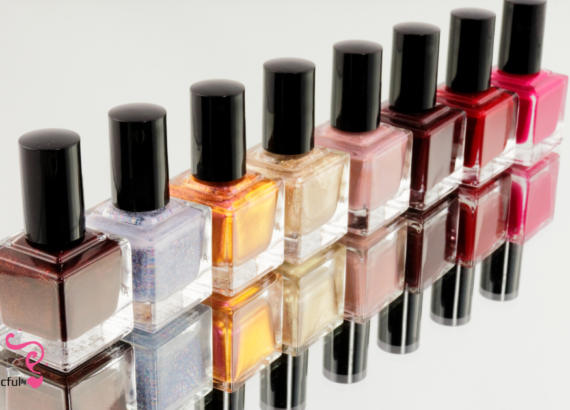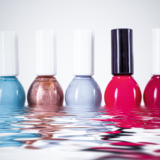Mastering Acrylic Paint Colors for Skin Tones

Understanding acrylic paint colors for skin tones, the nuances of color mixing and selecting the right acrylic paint colors is essential for capturing the essence of human skin, whether you’re a seasoned painter or a beginner. For artists, painting human skin tones with acrylics can be a challenging but rewarding experience. In this blog post, we’ll look at how to use acrylic paints to create stunning and realistic skin tones.
I. The Importance of Selecting Acrylic Paint Colors for Skin Tones:
The quality of your acrylic paints has a significant impact on the final outcome of your portrait. Invest in high-quality acrylic paints with a wide color range and excellent pigmentation. Look for paint sets designed specifically for portrait painting, as they frequently include essential skin tone colors.
II. Understanding Color Theory for Mixing Skin Tones:
Understanding color theory is critical for achieving lifelike and natural-looking skin tones in your acrylic paintings. Human skin is incredibly diverse, with undertones ranging from warm to cool to neutral. The color wheel is a fundamental tool for understanding color relationships, allowing you to create harmonious and realistic skin tones. Complementary colors, which are opposite each other on the color wheel, can be used to effectively modify and balance skin tones. Furthermore, mastering the art of mixing primary colors allows you to create a wide range of skin tones that cater to the unique characteristics of each subject in your artwork.
III. Essential Acrylic Paint Colors for Skin Tones:
Having the right colors in your palette is crucial. The following are some essential acrylic paint colors that you should include:
Raw Sienna: Ideal for warm skin tones and creating a natural glow.

Burnt Umber: Perfect for adding depth and shadows to skin.

Titanium White: Essential for highlighting and adding brightness.

Cadmium Red and Yellow Ochre: Great for mixing various skin tones.

Payne’s Grey: Useful for shading and toning down colors.

IV. Tips for Painting Realistic Skin Tones:
a. Begin Light and Build Up:
To add depth and realism, start with a light base color and gradually layer darker tones.
b. Blend Smoothly:
To avoid harsh lines and achieve a natural look, use a soft brush to blend the colors seamlessly.
c. Pay Attention to Lighting:
Pay close attention to the light source in your composition. To create a three-dimensional effect, use appropriate highlights and shadows.
d. Experiment with Mixing:
Don’t be afraid to mix different colors to achieve unique skin tones that match the complexion of your subject.
e. Study from Life:
Paint from real-life references to understand the subtle differences in skin tones.
V. Adding Depth and Highlights to Skin Tones:
a. Shading and Shadows:
Create shadows with darker shades under the chin, around the eyes, and beneath the nose.
b. Highlights:
Use lighter shades to draw attention to areas that catch the light, such as the brow, cheeks, and nose bridge.
c. Blending Techniques:
Carefully blend the highlights and shadows to achieve a realistic and natural look.
d. Facial Features:
Pay attention to the details of your face to add character and personality to your portrait.
Conclusion:
Mastering acrylic paint colors for skin tones is an essential skill for artists who wish to create captivating portraits. Remember that practice and observation are key to improving your techniques. With the right colors and knowledge of color theory, you can elevate your acrylic paintings and bring life and realism to your artwork. So, pick up your brushes, experiment with colors, and embark on a journey of painting mesmerizing portraits that truly capture the beauty of human skin.








